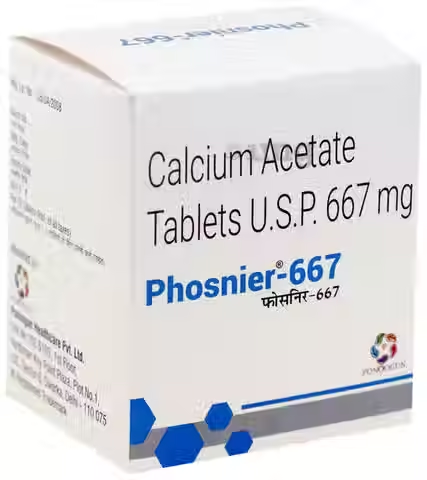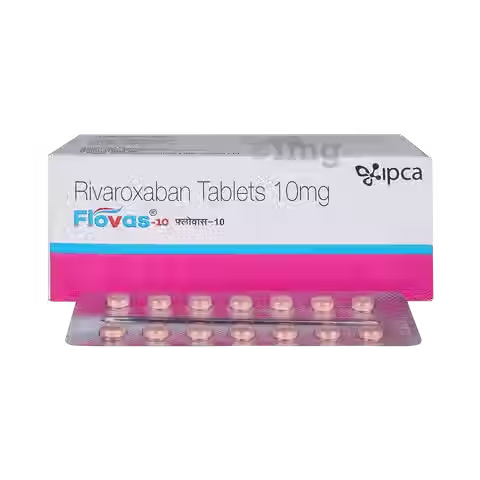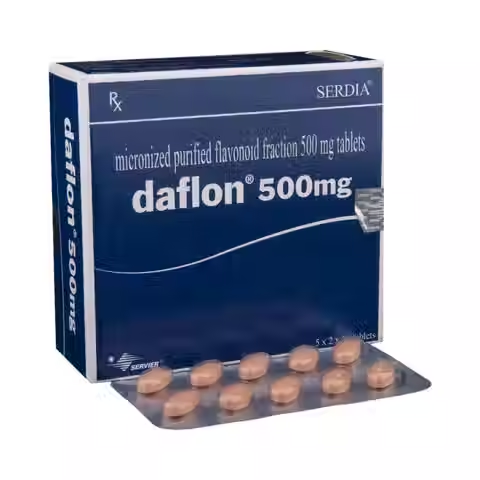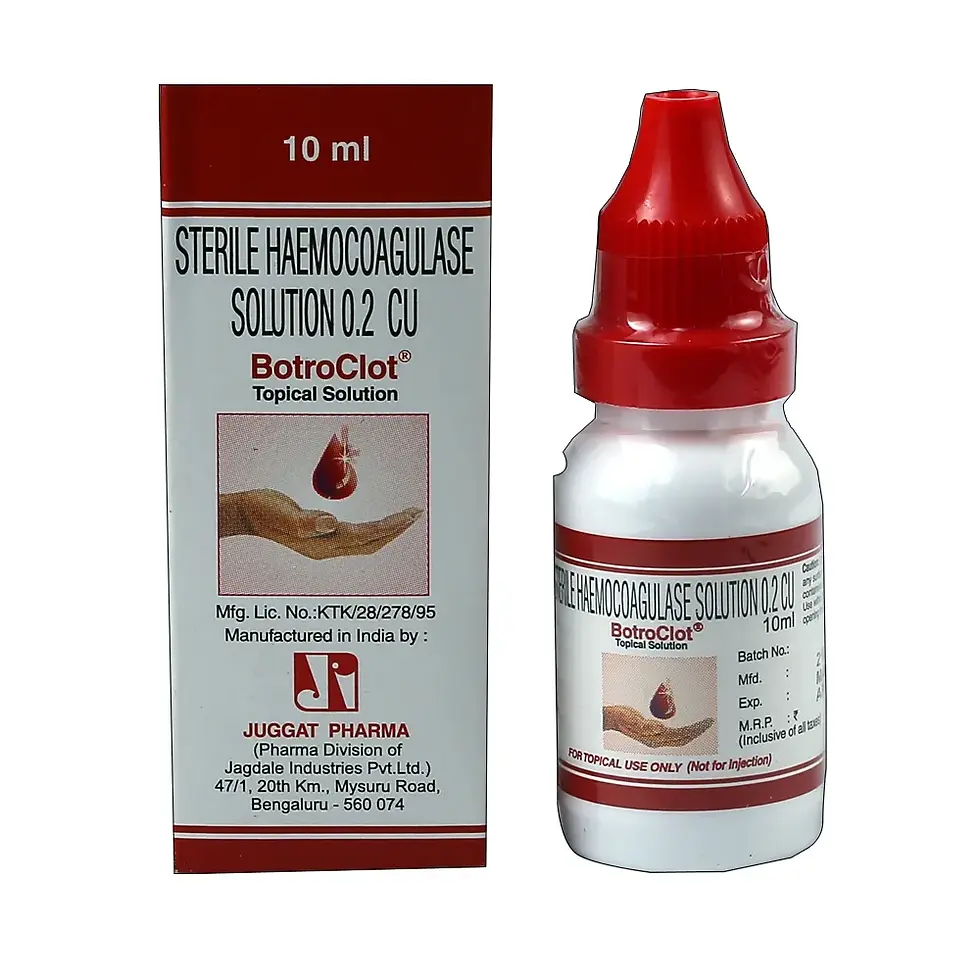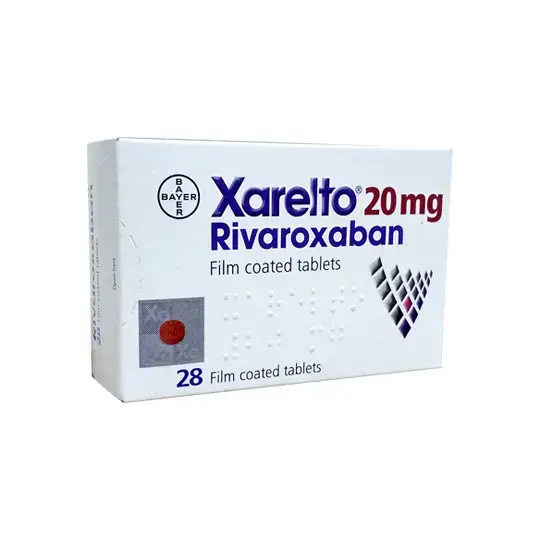Blood is the body’s vital fluid, transporting oxygen, nutrients, hormones, and immune cells to every tissue. Proper blood composition—balanced red cells, plasma, platelets, and clotting factors—is essential for energy, healing, and preventing excessive bleeding or thrombosis.
-
Anemia Signs: Fatigue, weakness, pale skin, shortness of breath
-
Bleeding Tendencies: Easy bruising, prolonged bleeding from cuts, nosebleeds
-
Clotting Issues: Swelling or pain in limbs (deep vein thrombosis), chest pain (pulmonary embolism)
-
Neurological: Numbness or tingling (B12 deficiency)
-
General: Rapid heartbeat, dizziness, headaches, cold hands/feet
-
-
Anemia Signs: Fatigue, weakness, pale skin, shortness of breath
-
Bleeding Tendencies: Easy bruising, prolonged bleeding from cuts, nosebleeds
-
Clotting Issues: Swelling or pain in limbs (deep vein thrombosis), chest pain (pulmonary embolism)
-
Neurological: Numbness or tingling (B12 deficiency)
-
General: Rapid heartbeat, dizziness, headaches, cold hands/feet
-
-
Heavy Menstrual Bleeding: Can precipitate iron-deficiency anemia
-
Gastrointestinal Bleeds: Ulcers, hemorrhoids, gastritis
-
Malabsorption: Celiac disease, gastric bypass surgery
-
Pregnancy: Increased blood volume demands iron and B-vitamins
-
Immobilization: Prolonged bed rest raising DVT risk
-
-
Complete Blood Count (CBC): Red/white cell counts, hemoglobin, hematocrit, platelets
-
Iron Studies: Serum ferritin, serum iron, TIBC to evaluate iron-deficiency anemia
-
Vitamin Levels: Serum B12 and folate assays
-
Coagulation Profile: PT/INR, aPTT for clotting function
-
Bone Marrow Exam: In suspected marrow failure or malignancy
-
-
Iron Supplements:
-
Ferrous sulfate, Ferrous gluconate, Iron polysaccharide—to correct iron-deficiency anemia
-
-
B-Vitamin Therapy:
-
Folic Acid, Vitamin B12 (cyanocobalamin/injections)—for megaloblastic anemia
-
-
Erythropoietic Agents:
-
Erythropoietin (EPO) analogs—to stimulate red blood cell production in chronic kidney disease or chemotherapy
-
-
Anticoagulants & Antiplatelets:
-
Warfarin, Rivaroxaban, Aspirin—to prevent and treat thrombosis
-
-
Supportive Measures:
-
Dietary adjustments (iron-rich foods, leafy greens)
-
Treat underlying cause (e.g., GI bleed repair)
-
Regular monitoring of blood counts and coagulation parameters
-
-
Q1: How long does it take to correct iron-deficiency anemia?
A: With daily iron therapy, hemoglobin often rises in 2–4 weeks; full repletion can take 2–3 months.
Q2: Are there side effects to iron tablets?
A: Commonly mild GI upset, constipation, or dark stools; taking with food or using a slow-release formula can help.
Q3: How is anticoagulant dosing monitored?
A: Warfarin requires regular INR checks; direct oral anticoagulants (e.g., Rivaroxaban) have fixed dosing with fewer lab requirements.
Q4: Can I get vitamin B12 from diet alone?
A: Vegetarian or vegan diets may lack sufficient B12; supplementation or injections are often necessary in deficient individuals.
Q5: When should I see a hematologist?
A: If anemia is severe (Hb <10 g/dL), unexplained bleeding/clotting episodes occur, or initial treatments don’t normalize blood counts.








